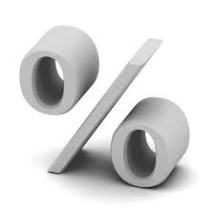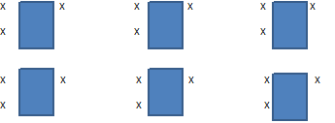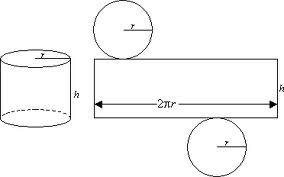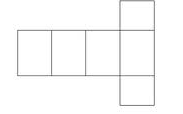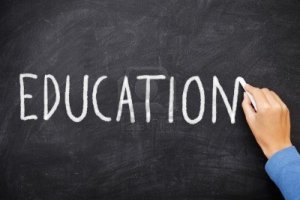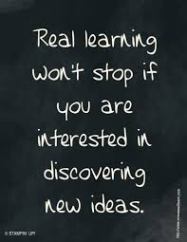I have recently completed my final coaching session for my teacher assisting semester. We first talked about my portfolio that I have been putting together all semester. This included the feedback and evaluations of each target. Next, we talked about the semester as a whole. Finally, we talked about my goals as I enter student teaching.
The portfolio was discussed and why I received the points the way I did. The professor gave his feedback and why I received them. Where I could have when a little more in depth and avoid using the “I believe” statements. How he graded it and his explanations of each lined up exactly how I felt. This was really nice considering how much time and effort I put into my portfolio, to be on the same page as my professor was a benefit.
The next discussion topic was about the semester as a whole and how I felt the semester went. Overall, I felt this semester was a success. This was my first time actually teaching so I was a little nervous, but the more teaching I did, the more comfortable I got. I definitely feel that I have improved very much and continue to work towards becoming an effective teacher. Reflection is something that I have noticed every teacher must be a part of. I found myself reflecting on every lesson and finding out ways I could improve it for next time. This was thinking about it in my head, talking to my CT, talking with my placement partner, or researching on the internet. It may have been as simple as re-wording things that would help students understand it better. I have worked quite a bit to improve assessing students. My field coordinator for the College of Education was very impressed by the number of times I assessed my students during his observations. However, I feel I did a lot of assessing until the last week of teaching where I did not do it as much.
A few areas that I want to improve on as a I get ready to student teach is keeping every student challenged throughout lessons. I tend to cater towards most of the average students, but do not attend as much to the less advanced or more advanced students. The advanced students seem bored and disengaged while the less advanced students seem confused and disengaged. Doing this could be incorporating differentiated instruction into my lessons. This could be as simple as giving two questions out with different levels of difficulty, to the amount of support each student has, to group sizes, to what they are allowed to use to solve problems. I could learn more about this talking with other teachers, talking with professors, and researching on my own time. I want to learn more about how to keep everyone engaged throughout the lessons and I will have more resources to look towards as I prepare and take part in student teaching. Also, I did a lot of assessing throughout the semester. Towards the end of my teaching, I started to not assess as much. I need to work on keeping up with formative assessment throughout lessons since I know how much assessing students is so important.
Finally, a goal of mine in student teaching is having a good CT. Someone who will help and support me during this process. I had a great CT for my teacher assisting semester. Anytime my placement partner or I needed something, she worked at making this happen. She gave us a lot of useful information to use during our lessons and provided her advice whenever we asked. I am hoping that I will get a CT like her, since I could learn a lot from that person and they could help me and give advice that would assist in me become a more effective teacher. I never realized how important a good CT was until I talked to my classmates about theirs.
Leading up to student teaching, I have a summer and whole semester to prepare. For four weeks I will be teaching in Tanzania as part of a study abroad trip and during the fall semester I will be substitute teaching. During these times, we discussed how important it will be to keep up with how I will work towards reaching my goals during student teaching.

